Sales Kit Automated Production: An Integrated Procedure for Setup Reduction in Case of High Products Variety
Abstract
:1. Introduction
2. Literature Review
- Internal setup activities, which can be performed only when the machine is stopped;
- External setup activities, which can be performed even when the machine is operating.
3. Mathematical Model
3.1. Model Description
3.2. The Traveling Salesman Problem
3.3. Clustering
- Parts are divided into families (i.e., the parts that are used by a specific machine can be grouped into a family).
- The families are listed in descending order based on (i.e., at the top of the list are placed the families with higher ).
- The cumulative sum of is performed.
- Once a certain threshold is reached (e.g., 80% for the Pareto principle), the list of the summed families is retrieved. These families are used for the multi-clustering process.
4. Simulations
- The number of parts .
- The number of products .
5. Case Study
6. Conclusions
Author Contributions
Funding
Institutional Review Board Statement
Informed Consent Statement
Conflicts of Interest
Nomenclature
| Number of products | |
| Number of components | |
| Indices that define a specific element of a matrix | |
| M | Bill of materials (BOM) matrix with elements |
| Number of reconfigurations between products | |
| Setup time between products | |
| Reconfiguration time of part k | |
| C | Cost matrix with elements |
References
- Azzi, A.; Faccio, M.; Persona, A.; Sgarbossa, F. Lot splitting scheduling procedure for makespan reduction and machine capacity increase in a hybrid flow shop with batch production. Int. J. Adv. Manuf. Technol. 2012, 59, 775–786. [Google Scholar] [CrossRef]
- Battini, D.; Faccio, M.; Persona, A.; Sgarbossa, F. New methodological framework to improve productivity and ergonomics in assembly system design. Int. J. Ind. Ergon. 2011, 41, 30–42. [Google Scholar] [CrossRef]
- Hu, Z.; Ramaraj, G.; Hu, G. Production planning with a two-stage stochastic programming model in a kitting facility under demand and yield uncertainties. Int. J. Manag. Sci. Eng. Manag. 2020, 15, 237–246. [Google Scholar] [CrossRef]
- Faccio, M.; Gamberi, M.; Pilati, F.; Bortolini, M. Packaging strategy definition for sales kits within an assembly system. Int. J. Prod. Res. 2015, 53, 3288–3305. [Google Scholar] [CrossRef]
- Bozer, Y.A.; McGinnis, L.F. Kitting versus line stocking: A conceptual framework and a descriptive model. Int. J. Prod. Econ. 1992, 28, 1–19. [Google Scholar] [CrossRef]
- Hua, S.Y.; Johnson, D.J. Research issues on factors influencing the choice of kitting versus line stocking. Int. J. Prod. Res. 2010, 48, 779–800. [Google Scholar] [CrossRef]
- Khajavi, S.H.; Baumers, M.; Holmström, J.; Özcan, E.; Atkin, J.; Jackson, W.; Li, W. To kit or not to kit: Analysing the value of model-based kitting for additive manufacturing. Comput. Ind. 2018, 98, 100–117. [Google Scholar] [CrossRef] [Green Version]
- Wolfson, W.; Gordon, S.J. Designing a parts feeding system for maximum flexibility. Assem. Autom. 1997, 17, 116–121. [Google Scholar] [CrossRef]
- Manzini, R.; Gamberi, M.; Regattieri, A.; Persona, A. Framework for designing a flexible cellular assembly system. Int. J. Prod. Res. 2004, 42, 3505–3528. [Google Scholar] [CrossRef]
- Battini, D.; Faccio, M.; Ferrari, E.; Persona, A.; Sgarbossa, F. Design configuration for a mixed-model assembly system in case of low product demand. Int. J. Adv. Manuf. Technol. 2007, 34, 188–200. [Google Scholar] [CrossRef]
- Rosati, G.; Faccio, M.; Carli, A.; Rossi, A. Fully flexible assembly systems (F-FAS): A new concept in flexible automation. Assem. Autom. 2013, 33, 8–21. [Google Scholar] [CrossRef]
- Tay, M.; Chua, P.S.; Sim, S.; Gao, Y. Development of a flexible and programmable parts feeding system. Int. J. Prod. Econ. 2005, 98, 227–237. [Google Scholar] [CrossRef]
- Sabouni, M.Y.; Logendran, R. Lower bound development in a flow shop electronic assembly problem with carryover sequence-dependent setup time. Comput. Ind. Eng. 2018, 122, 149–160. [Google Scholar] [CrossRef]
- Shokouhi, E. Integrated multi-objective process planning and flexible job shop scheduling considering precedence constraints. Prod. Manuf. Res. 2018, 6, 61–89. [Google Scholar] [CrossRef] [Green Version]
- Shen, L.; Dauzère-Pérès, S.; Neufeld, J.S. Solving the flexible job shop scheduling problem with sequence-dependent setup times. Eur. J. Oper. Res. 2018, 265, 503–516. [Google Scholar] [CrossRef]
- Boudella, M.E.A.; Sahin, E.; Dallery, Y. Kitting optimisation in Just-in-Time mixed-model assembly lines: Assigning parts to pickers in a hybrid robot–operator kitting system. Int. J. Prod. Res. 2018, 56, 5475–5494. [Google Scholar] [CrossRef]
- Adibi, M.A.; Shahrabi, J. A clustering-based modified variable neighborhood search algorithm for a dynamic job shop scheduling problem. Int. J. Adv. Manuf. Technol. 2014, 70, 1955–1961. [Google Scholar] [CrossRef]
- García-Nájera, A.; Brizuela, C.A.; Martínez-Pérez, I.M. An efficient genetic algorithm for setup time minimization in PCB assembly. Int. J. Adv. Manuf. Technol. 2015, 77, 973–989. [Google Scholar] [CrossRef]
- Fattahi, P.; Hosseini, S.M.H.; Jolai, F.; Tavakkoli-Moghaddam, R. A branch and bound algorithm for hybrid flow shop scheduling problem with setup time and assembly operations. Appl. Math. Model. 2014, 38, 119–134. [Google Scholar] [CrossRef]
- Faccio, M. Setup time reduction: SMED-balancing integrated model for manufacturing sys-tems with automated transfer. Int. J. Eng. Technol. 2013, 5, 4075–4084. [Google Scholar]
- Jalilvand-Nejad, A.; Fattahi, P. A mathematical model and genetic algorithm to cyclic flexible job shop scheduling problem. J. Intell. Manuf. 2015, 26, 1085–1098. [Google Scholar] [CrossRef]
- Calleja, G.; Pastor, R. A dispatching algorithm for flexible job-shop scheduling with transfer batches: An industrial application. Prod. Plan. Control. 2014, 25, 93–109. [Google Scholar] [CrossRef]
- Abraham, A.; Ganapathi, K.; Motwani, K. Setup time reduction through SMED technique in a stamping production line. Sastech J. 2012, 11, 47–52. [Google Scholar]
- Huang, R.H.; Yang, C.L.; Cheng, W.C. Flexible job shop scheduling with due window—A two-pheromone ant colony approach. Int. J. Prod. Econ. 2013, 141, 685–697. [Google Scholar] [CrossRef]
- Pellegrini, S.; Shetty, D.; Manzione, L. Study and Implementation of Single Minute Exchange of Die (SMED) Methodology in a Setup Reduction Kaizen. Ph.D. Thesis, University of Hartford, West Hartford, CT, USA, 2012. [Google Scholar]
- Luo, H.; Huang, G.Q.; Shi, Y.; Qu, T.; Zhang, Y.F. Hybrid flowshop scheduling with family setup time and inconsistent family formation. Int. J. Prod. Res. 2012, 50, 1457–1475. [Google Scholar] [CrossRef]
- Bortolini, M.; Faccio, M.; Gamberi, M.; Pilati, F. Assembly kits with variable part physical attributes: Warehouse layout design and assignment procedure. Assem. Autom. 2020, 40, 867–868. [Google Scholar] [CrossRef]
- Usta, S.K.; Oksuz, M.K.; Durmusoglu, M.B. Design methodology for a hybrid part feeding system in lean-based assembly lines. Assem. Autom. 2017, 37, 84–102. [Google Scholar] [CrossRef]
- Davarzani, H.; Norrman, A. Toward a relevant agenda for warehousing research: Literature review and practitioners’ input. Logist. Res. 2015, 8, 1–18. [Google Scholar] [CrossRef] [Green Version]
- Comand, N.; Bottin, M.; Rosati, G.; Agrawal, S.K. A dynamic model for the optimization of rotatory feeding devices. Mech. Mach. Theory 2021, 166, 104479. [Google Scholar] [CrossRef]
- Domae, Y.; Noda, A.; Nagatani, T.; Wan, W. Robotic General Parts Feeder: Bin-picking, Regrasping, and Kitting. In Proceedings of the 2020 IEEE International Conference on Robotics and Automation (ICRA), Paris, France, 31 May–31 August 2020; pp. 5004–5010. [Google Scholar]
- Kootbally, Z.; Schlenoff, C.; Antonishek, B.; Proctor, F.; Kramer, T.; Harrison, W.; Downs, A.; Gupta, S. Enabling robot agility in manufacturing kitting applications. Integr. Comput.-Aided Eng. 2018, 25, 193–212. [Google Scholar] [CrossRef]
- Caputo, A.C.; Pelagagge, P.M.; Salini, P. A model for planning and economic comparison of manual and automated kitting systems. Int. J. Prod. Res. 2020, 59, 1–24. [Google Scholar] [CrossRef]
- Boudella, M.E.A.; Sahin, E.; Dallery, Y. A mathematical model to assess the performance of a robotic kitting system in an assembly plant. In Proceedings of the 11th International Conference on Modeling, Optimization and Simulation-MOSIM’16, Montréal, QC, Canada, 22–24 August 2016. [Google Scholar]
- D’Antonio, G.; De Maddis, M.; Bedolla, J.S.; Chiabert, P.; Lombardi, F. Analytical models for the evaluation of deep-lane autonomous vehicle storage and retrieval system performance. Int. J. Adv. Manuf. Technol. 2018, 94, 1811–1824. [Google Scholar] [CrossRef]
- Wakabayashi, Y.; Kamioka, M.; Kinugawa, J.; Kosuge, K. KitPaDy: Robot co-worker in kitting process: Basic concept and computation of working time. In Proceedings of the 2017 13th IEEE Conference on Automation Science and Engineering (CASE), Xi’an, China, 20–23 August 2017; pp. 320–327. [Google Scholar]
- Harun, S.; Ibrahim, M.F. A genetic algorithm based task scheduling system for logistics service robots. Bull. Electr. Eng. Inform. 2019, 8, 206–213. [Google Scholar] [CrossRef]
- Shingo, S.; Dillon, A.P. A Study of the Toyota Production System: From an Industrial Engineering Viewpoint; CRC Press: Boca Raton, FL, USA, 1989. [Google Scholar]
- Garey, M.R.; Johnson, D.S.; Sethi, R. The complexity of flowshop and jobshop scheduling. Math. Oper. Res. 1976, 1, 117–129. [Google Scholar] [CrossRef]
- Kousi, N.; Koukas, S.; Michalos, G.; Makris, S. Scheduling of smart intra–factory material supply operations using mobile robots. Int. J. Prod. Res. 2019, 57, 801–814. [Google Scholar] [CrossRef] [Green Version]
- Dang, Q.V.; Nielsen, I.; Bøgh, S.; Bocewicz, G. Modelling and scheduling autonomous mobile robot for a real-world industrial application. IFAC Proc. Vol. 2013, 46, 2098–2103. [Google Scholar] [CrossRef]
- Dang, Q.V.; Nielsen, I.; Steger-Jensen, K.; Madsen, O. Scheduling a single mobile robot for part-feeding tasks of production lines. J. Intell. Manuf. 2014, 25, 1271–1287. [Google Scholar] [CrossRef]
- Alkaya, A.F.; Duman, E. Combining and solving sequence dependent traveling salesman and quadratic assignment problems in PCB assembly. Discret. Appl. Math. 2015, 192, 2–16. [Google Scholar] [CrossRef]
- Bottin, M.; Rosati, G.; Boschetti, G. Working Cycle Sequence Optimization for Industrial Robots. Mech. Mach. Sci. 2021, 91, 228–236. [Google Scholar] [CrossRef]
- Bellmore, M.; Nemhauser, G.L. The traveling salesman problem: A survey. Oper. Res. 1968, 16, 538–558. [Google Scholar] [CrossRef]
- Anzanello, M.J.; Fogliatto, F.S. Selecting the best clustering variables for grouping mass-customized products involving workers’ learning. Int. J. Prod. Econ. 2011, 130, 268–276. [Google Scholar] [CrossRef]
- Craft, R.C.; Leake, C. The Pareto principle in organizational decision making. Manag. Decis. 2002, 40, 729–733. [Google Scholar] [CrossRef]
- Hoffman, K.L.; Padberg, M.; Rinaldi, G. Traveling salesman problem. In Encyclopedia of Operations Research and Management Science; Springer: Berlin/Heidelberg, Germany, 2013; pp. 1573–1578. [Google Scholar]

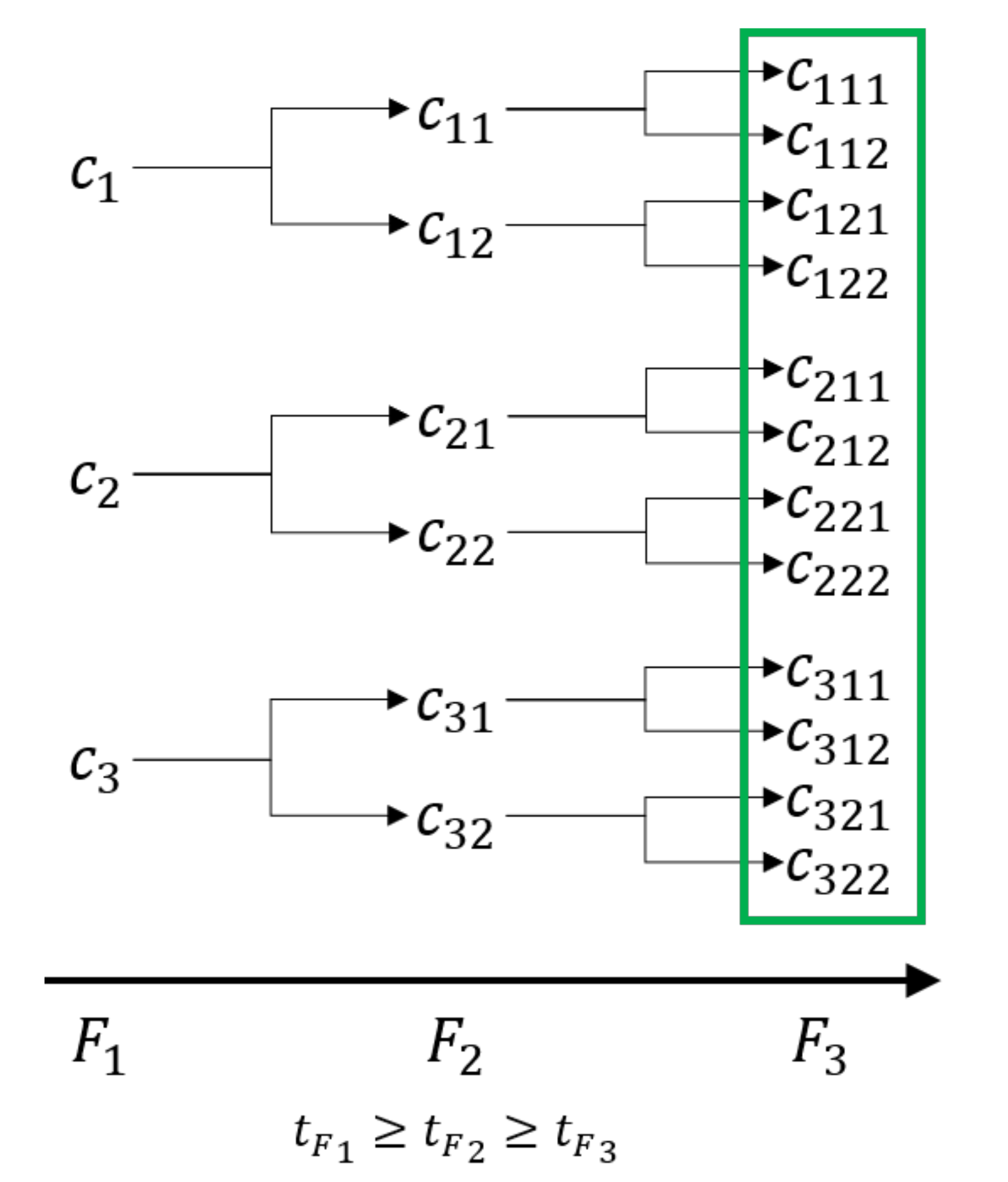
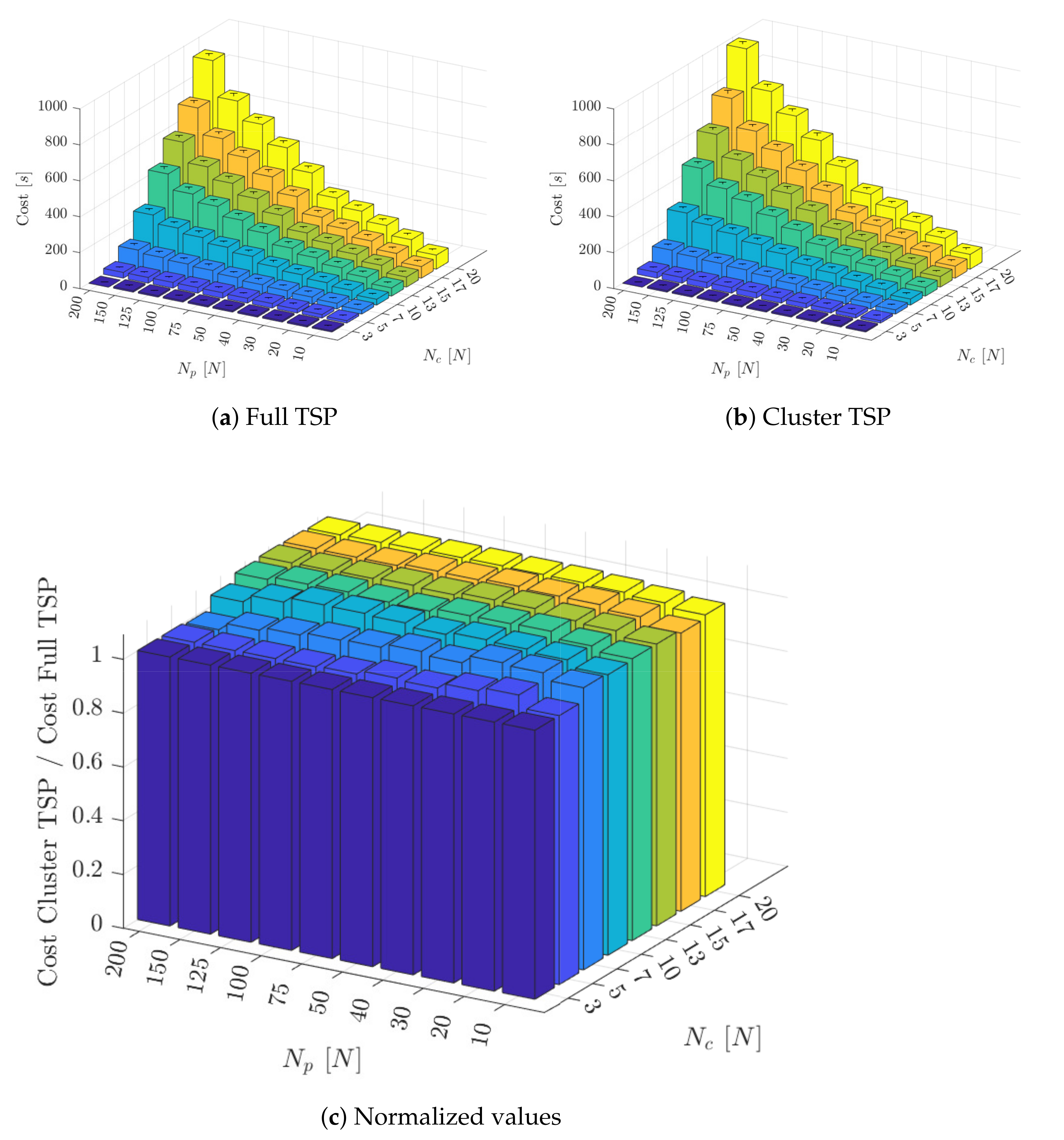
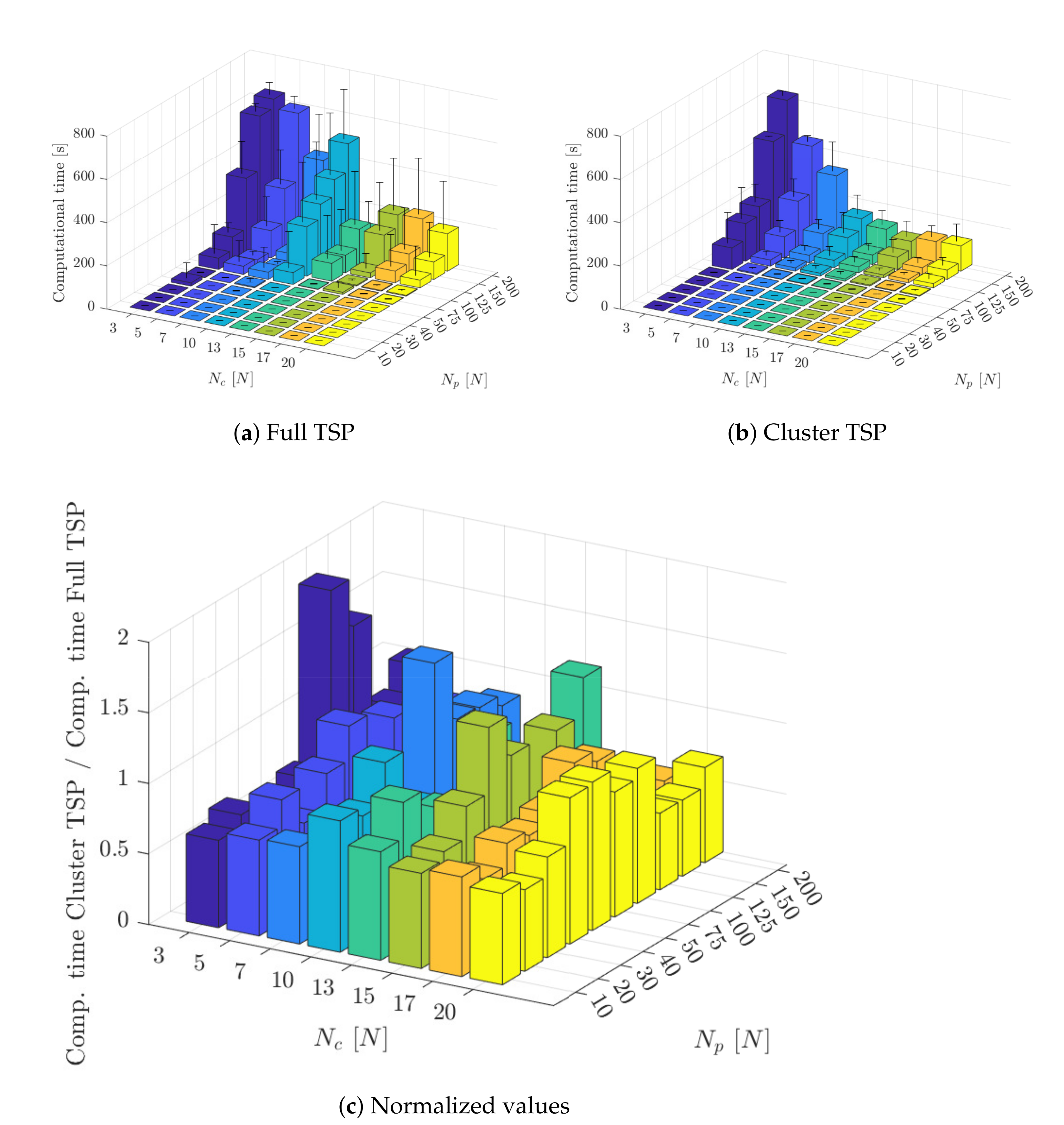
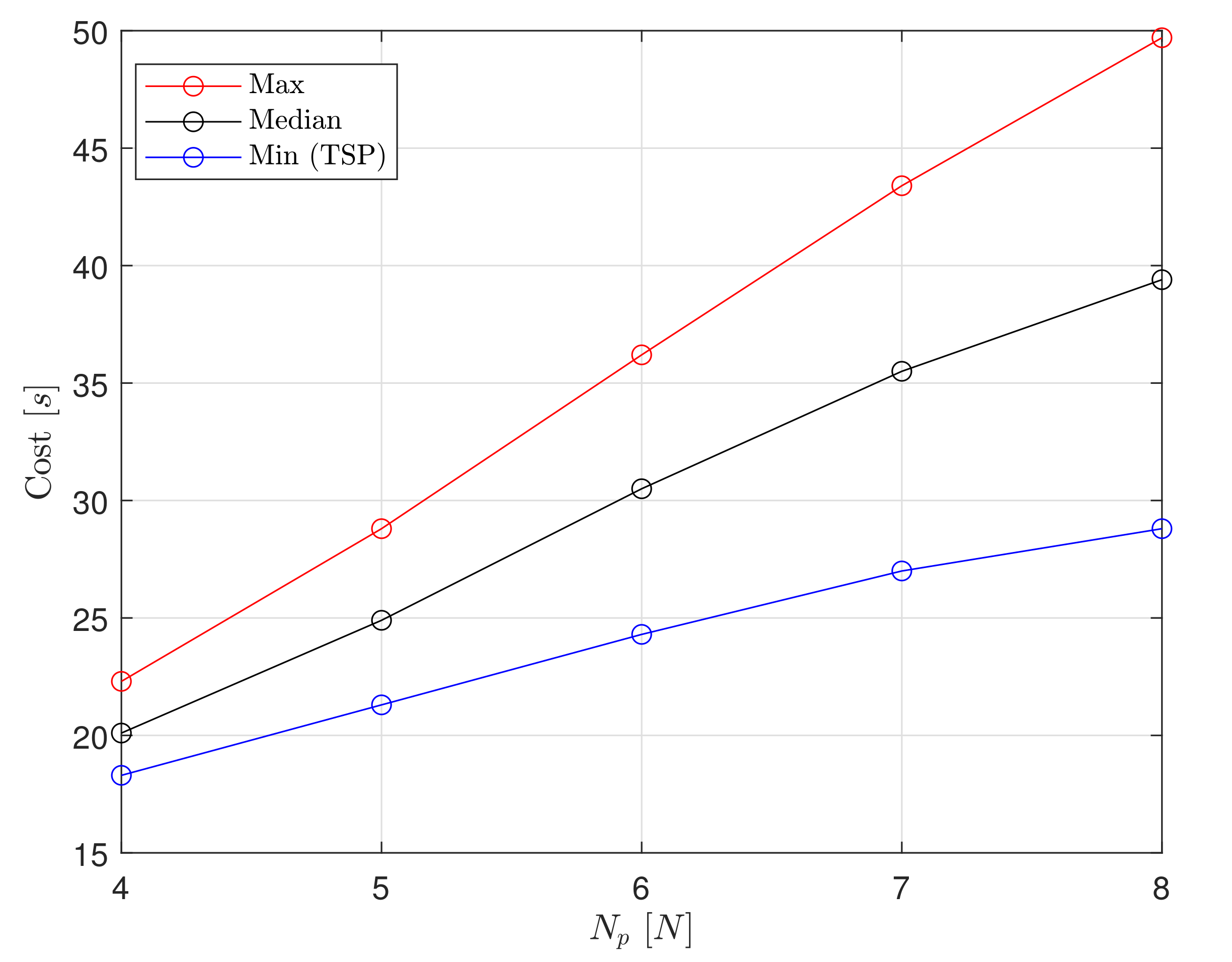
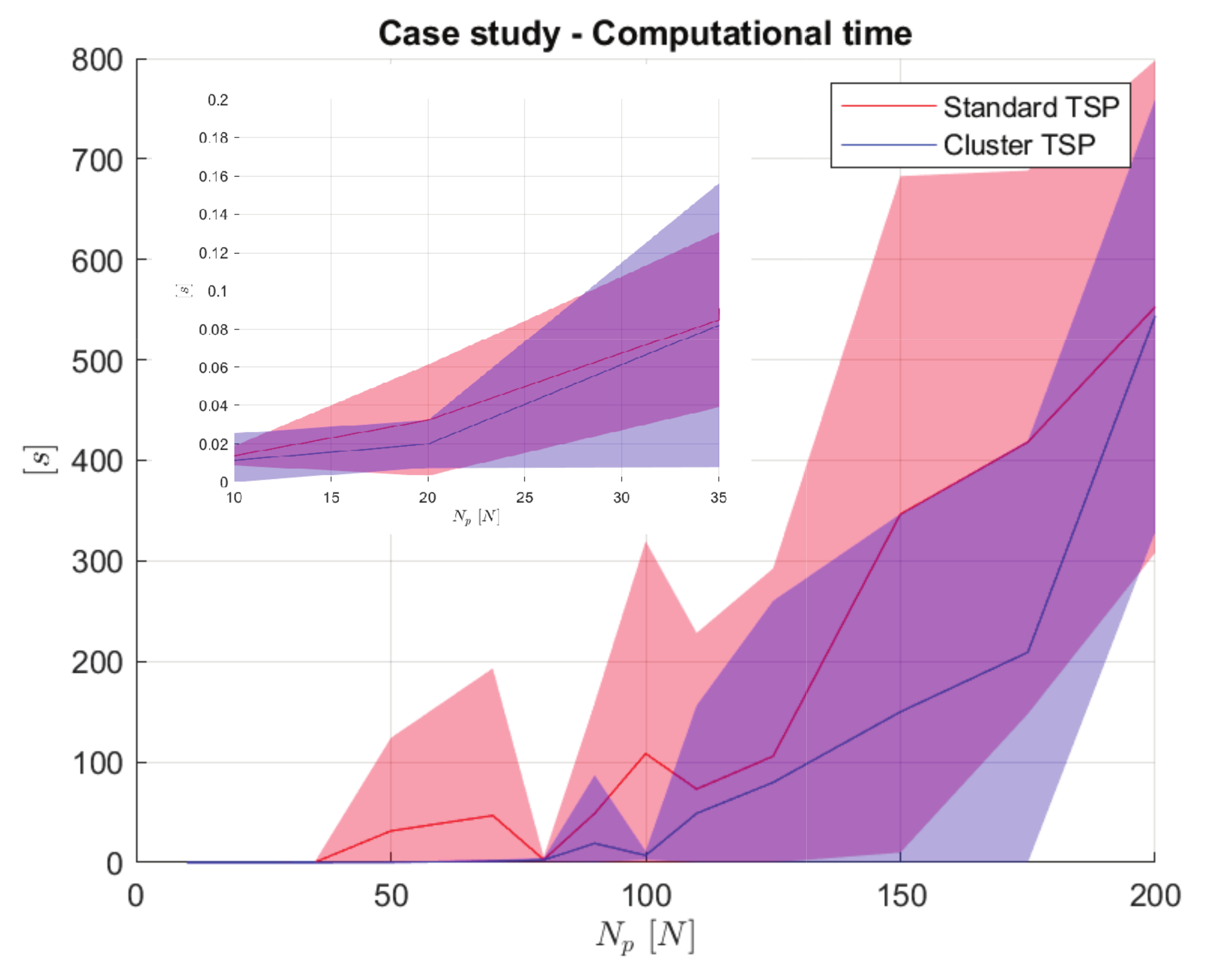

| Author | Year | Industry | Objective | Method | Results | ||||||||||
|---|---|---|---|---|---|---|---|---|---|---|---|---|---|---|---|
| Job Shop | Assembly | Kitting | Tardiness | Flowtime | Makespan | Setup Tme | Other | Search Algorithm | GA | Heuristic | SMED | Other | |||
| [13] | 2018 | X | X | X | X | Improved calculation time | |||||||||
| [14] | 2018 | X | X | X | Similar results to exact method | ||||||||||
| [15] | 2017 | X | X | X | Tabu search allows to solve more complex scenarios | ||||||||||
| [16] | 2017 | X | X | X | Kitting requires floor space and picking time | ||||||||||
| [17] | 2014 | X | X | X | Improvement on traditional VNS | ||||||||||
| [18] | 2014 | X | X | X | Average assembly time reduction of 2.5% | ||||||||||
| [19] | 2013 | X | X | X | X | Different results when machining or assembly are bottleneck. | |||||||||
| [20] | 2013 | X | X | X | Setup time reduction up to 79% | ||||||||||
| [21] | 2013 | X | X | X | Genetic algorithm preferred for large scale problems | ||||||||||
| [22] | 2013 | X | X | X | Reduction of at least 17% in tardiness | ||||||||||
| [23] | 2012 | X | X | X | Changeover from 399 min to 120 min | ||||||||||
| [24] | 2012 | X | X | X | Better solutions than traditional ACO | ||||||||||
| [25] | 2012 | X | X | X | Setup time reduction from 85 min to 50 min | ||||||||||
| [1] | 2011 | X | X | X | X | Reduction in makespan and increase in machine utilization | |||||||||
| [26] | 2011 | X | X | X | X | GA more performing if setup time is 20% of makespan; heuristic reduces more setup times | |||||||||
| Part k | Product j, | ||
| 1 | 0 | ||
| Product i, | 1 | 0 | 1 |
| 0 | 1 | 0 | |
Publisher’s Note: MDPI stays neutral with regard to jurisdictional claims in published maps and institutional affiliations. |
© 2021 by the authors. Licensee MDPI, Basel, Switzerland. This article is an open access article distributed under the terms and conditions of the Creative Commons Attribution (CC BY) license (https://creativecommons.org/licenses/by/4.0/).
Share and Cite
Bottin, M.; Faccio, M.; Minto, R.; Rosati, G. Sales Kit Automated Production: An Integrated Procedure for Setup Reduction in Case of High Products Variety. Appl. Sci. 2021, 11, 10110. https://doi.org/10.3390/app112110110
Bottin M, Faccio M, Minto R, Rosati G. Sales Kit Automated Production: An Integrated Procedure for Setup Reduction in Case of High Products Variety. Applied Sciences. 2021; 11(21):10110. https://doi.org/10.3390/app112110110
Chicago/Turabian StyleBottin, Matteo, Maurizio Faccio, Riccardo Minto, and Giulio Rosati. 2021. "Sales Kit Automated Production: An Integrated Procedure for Setup Reduction in Case of High Products Variety" Applied Sciences 11, no. 21: 10110. https://doi.org/10.3390/app112110110
APA StyleBottin, M., Faccio, M., Minto, R., & Rosati, G. (2021). Sales Kit Automated Production: An Integrated Procedure for Setup Reduction in Case of High Products Variety. Applied Sciences, 11(21), 10110. https://doi.org/10.3390/app112110110









